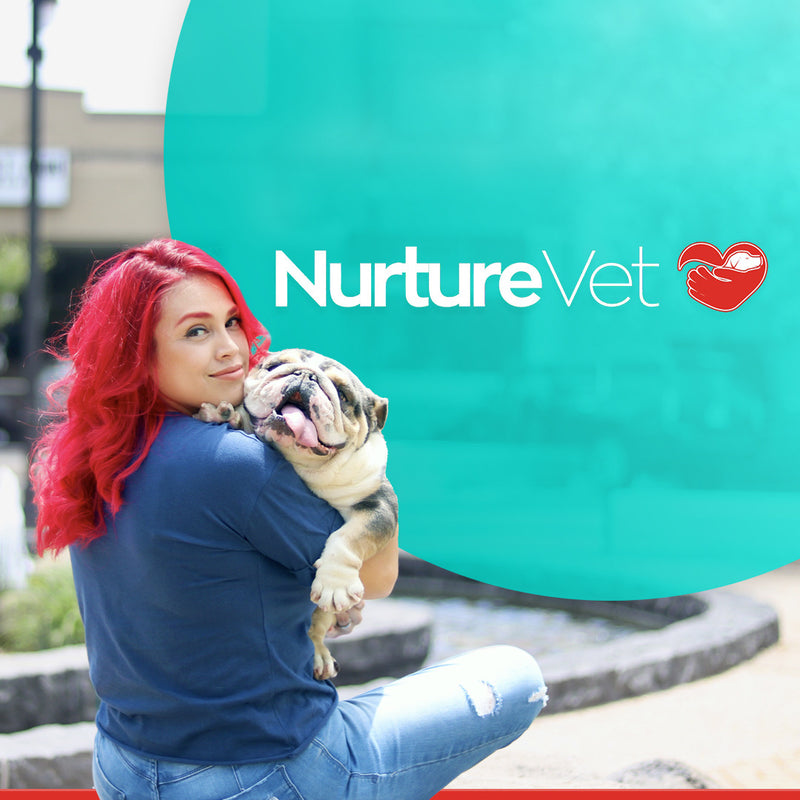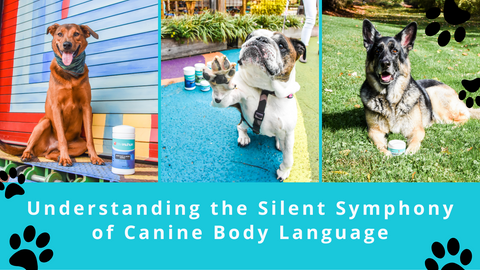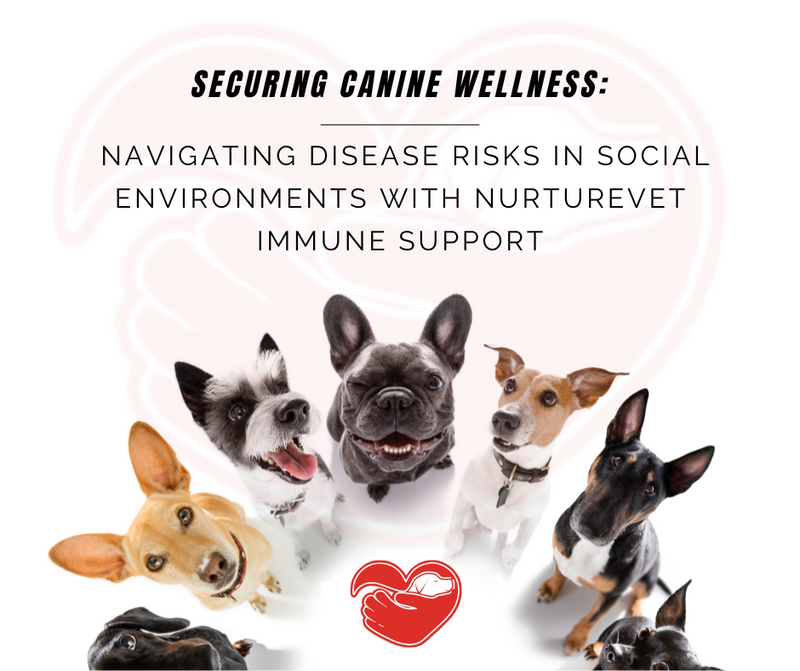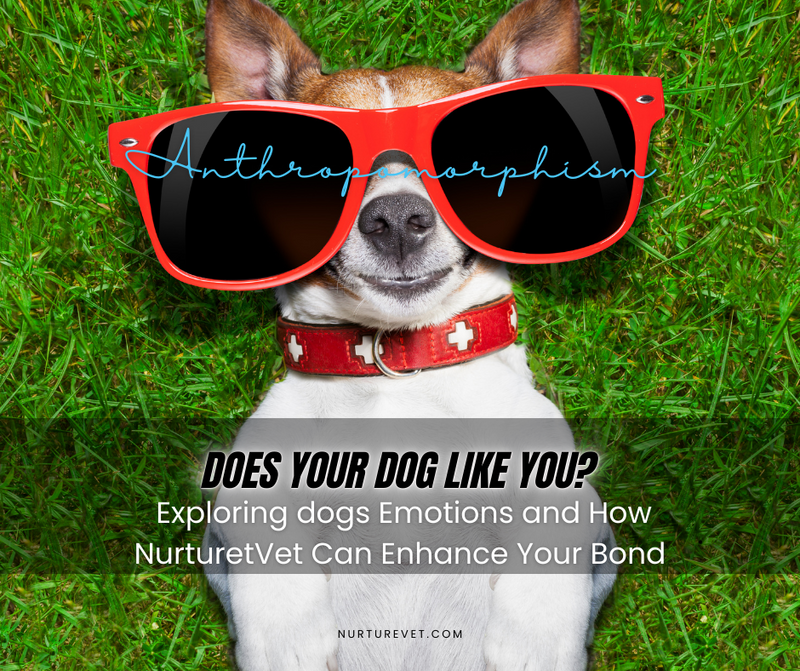
Ever found yourself entranced by the enigmatic language of your pawbaby, yearning to decipher the meaning behind those endearing gestures and sounds?
Just like humans, our furry friends possess their own unique lexicon, a captivating symphony of signals that reveal their needs and emotions. As devoted furparents, it becomes our delightful responsibility to unravel these codes and deepen the profound connection with our cherished pets. In this exploration of the five languages of pawbabies, let's embark on a journey into the intricate world of canine communication, shedding light on the nuanced ways our dogs express themselves.
Dog Body Language: The Silent Symphony

Veteran dog owners will attest to the eloquence of canine body language, a silent symphony that speaks volumes about a dog's thoughts and feelings. Each nuanced movement conveys a unique message, and by tuning into these subtle cues, we can truly understand the language of our beloved companions.
🐩 Face: The forehead is a canvas of emotions. A wrinkled forehead may signal confusion, while a straightened one reflects determination.
🐩 Eyes: Brightened eyes express friendliness, while dilated pupils and whites showing signal fear.
🐩 Lips, Teeth, and Tongue: A dog's smile is reserved for human/dog communication. Pulling back lips to reveal teeth is a joyful invitation to play.
🐩 Ears: Raised ears denote relaxation or attentiveness, while ears pressed back suggest submission or unease.
🐩 Tail: Recent research in "Current Biology" reveals that a wagging tail is a nuanced form of expression. A wag to the right signifies positive feelings, while left-side wagging indicates negative emotions.
How Dogs Talk to Each Other: Canine Conversations
Dogs, being inherently social creatures, engage in a universal language when interacting with their furry counterparts. Biologist Marc Bekoff, renowned author of "Animal Passions and Beastly Virtues," unveils the intriguing ways in which dogs communicate amongst themselves.
✔️ Play Bow: A classic invitation to play, often accompanied by a doggy apology for rough play.
✔️ Paw Slap: Similar to a human's friendly slap on the back, this gesture indicates trust and camaraderie.
✔️ Rearing Hind Legs: Dogs rearing up on their hind legs is a display of affection, resembling a dance when shared during play.
✔️ Biting: Playful biting serves as a common form of canine communication, with dogs carefully avoiding sensitive areas on their playmates.
Barking Dogs: Unraveling the Vocal Code
While body language is a silent symphony, barking emerges as a vocal expression that varies from dog to dog. The pitch and volume of a bark can convey different emotions, and recent research suggests that artificial intelligence may outperform humans in understanding this auditory language.
In our quest to comprehend the multifaceted languages of our pawbabies, it's crucial to embrace both the silent cues of body language and the vocal nuances of barking. By doing so, we open the door to a more profound connection with our furry companions.
For a comprehensive guide on understanding and caring for your fur babies, consider exploring NurtureVets. This invaluable resource hub offers expert insights and advice, ensuring a happy and healthy life for your cherished companions. Nurture the unique languages of your pawbabies, and witness the flourishing of the extraordinary bond you share with your fur baby. After all, your paw baby's happiness is just a paw away!





0 comments